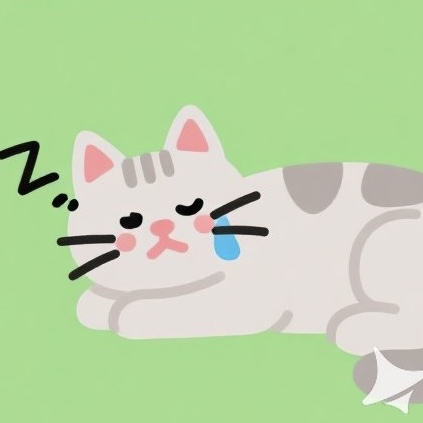Personality Profile
The Ambivalent Adjuster cat personality type represents felines experiencing approach-avoidance conflicts lasting over 72 hours, frequently displaying conflicting behaviors—wanting to approach unfamiliar humans while simultaneously fearing contact.
These cats show elevated cortisol alongside elevated oxytocin during novel social interactions, creating internal conflict. Neurological studies reveal distinctive patterns in the anterior cingulate cortex—the brain region responsible for resolving competing motivations and emotional regulation.
This unique personality type demonstrates significant flexibility in behavior based on environmental context, but struggles with decisive action in novel or ambiguous situations. GABA-supporting supplements can help reduce the neurological stress of decision-making for these sensitive individuals, allowing their natural adaptive capacities to function more effectively.
Stress Sensitivity: Variable (45-65%)
Ambivalent Adjusters show variable stress sensitivity, with consistent exposure to the same stimulus potentially producing dramatically different responses at different times.
Core Traits
Key Characteristics
- Approach-Avoidance Conflict: Ambivalent Adjusters display the classic "want-to-but-can't" behavior pattern, approaching desired interactions or objects before suddenly retreating—often cycling through this pattern multiple times.
- Contextual Personality Shifts: Demonstrate remarkably different behavioral patterns depending on environmental context, sometimes appearing like entirely different cats when observed in different settings.
- Indecision Paralysis: May freeze or display displacement behaviors (sudden grooming, stretching) when faced with competing motivations or unclear environmental signals.
- Mixed Communication Signals: Often display contradictory body language—purring while maintaining a tense posture, or soliciting attention while simultaneously maintaining distance.
- Neurochemical Sensitivity: Show pronounced behavioral responses to substances affecting GABA and serotonin pathways, with calming supplements often producing noticeable improvements in decision-making capacity.
Care Guidelines
Environmental Structure
Create a physical environment featuring clear choice architecture—providing distinct pathways and options rather than ambiguous spaces. Design areas with graduated exposure levels (fully protected hiding spots transitioning to partially exposed resting areas, then to open social spaces) to allow self-paced engagement. Implement consistent environmental cues that signal safety and predictability, including specific sounds or visual markers associated with positive experiences.
Interaction Protocols
Develop consistent, predictable interaction patterns with minimal ambiguity. When initiating contact, maintain a neutral position allowing the cat to approach rather than directly approaching them. Allow complete interaction cycles to finish naturally without interruption—even if this means tolerating multiple approach-retreat sequences. Use consistent verbal cues to signal the beginning and end of interaction sessions to reduce uncertainty.
Nutritional Support
Consider supplementation with GABA-supporting compounds like L-theanine (found in specialized feline supplements) or tryptophan precursors to facilitate serotonin production. Implement a B-complex vitamin regimen, as these vitamins are crucial for neurotransmitter production and regulation of stress responses. Maintain exceptionally consistent feeding schedules and locations to provide reliable daily anchors.
Health Monitoring
Observe for shifts in baseline conflict behaviors as potential indicators of underlying medical concerns—increased decision paralysis can precede the development of physical symptoms by days or weeks. Schedule regular veterinary check-ups using low-stress handling protocols and the same veterinary staff whenever possible. Consider blood work screening for thyroid function, as hyperthyroidism can exacerbate ambivalent behaviors in predisposed cats.



